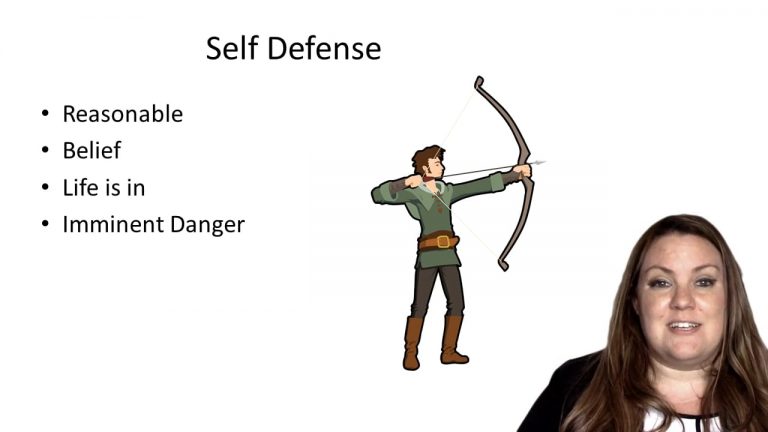SmartBrief
Confirm favorite deletion?
Criminal Law keyed to Dripps
People v. Goetz
Citation:
68 N.Y.2d 96, 506 N.Y.S.2d 18, 497 N.E.2d 41.
ProfessorScott Caron
CaseCast™ – "What you need to know"
Facts
On December 22, 1984, Troy Canty, Darryl Cabey, James Ramseur, and Barry Allen boarded a subway in the Bronx and heading toward lower Manhattan. Ramseur and Cabey carried screwdrivers that they alleged were to be used to break into video machine coin boxes. Goetz boarded the train at 14th Street in Manhattan and sat down on a bench on the same car as the youths. Goetz was carrying an unlicensed .38 caliber pistol loaded with five rounds of ammunition in a waistband holster. Canty and Allen approached Goetz and Canty told Goetz “give me five dollars.” None of the youths displayed any weapons. Goetz responded by standing up, pulling out his gun and firing four shots. The first hit Canty in the chest, the second struck Allen in the back, the third hit Ramseur’s arm and side, and the fourth missed Cabey. After surveying the scene, Goetz then approached Cabey and shot again severing his spinal cord. Goetz surrendered to police on December 31, 1984 admitting to illegally carrying the handgun for three years and that he had purchased the gun in 1981 after having been injured in a mugging.
At the indictment, the prosecutor chose to charge the justification defense to the Grand Jury due to Goetz statements he acted to protect himself. One of the grand jurors asked for clarification on the term “reasonably believes” as found in Section 35.15 to which the prosecutor responded that they must determine “whether the defendant’s conduct was that of a reasonable man in the defendant’s situation.”
Only StudyBuddy Pro offers the complete Case Brief Anatomy*
Access the most important case brief elements for optimal case understanding.
*Case Brief Anatomy includes: Brief Prologue, Complete Case Brief, Brief Epilogue
- The Brief Prologue provides necessary case brief introductory information and includes:
Topic:
Identifies the topic of law and where this case fits within your course outline.Parties:
Identifies the cast of characters involved in the case.Procedural Posture & History:
Shares the case history with how lower courts have ruled on the matter.Case Key Terms, Acts, Doctrines, etc.:
A case specific Legal Term Dictionary.Case Doctrines, Acts, Statutes, Amendments and Treatises:
Identifies and Defines Legal Authority used in this case.
- The Case Brief is the complete case summarized and authored in the traditional Law School I.R.A.C. format. The Pro case brief includes:
Brief Facts:
A Synopsis of the Facts of the case.Rule of Law:
Identifies the Legal Principle the Court used in deciding the case.Facts:
What are the factual circumstances that gave rise to the civil or criminal case? What is the relationship of the Parties that are involved in the case.Issue(s):
Lists the Questions of Law that are raised by the Facts of the case.Holding:
Shares the Court's answer to the legal questions raised in the issue.Concurring / Dissenting Opinions:
Includes valuable concurring or dissenting opinions and their key points.Reasoning and Analysis:
Identifies the chain of argument(s) which led the judges to rule as they did.
- The Brief Prologue closes the case brief with important forward-looking discussion and includes:
Policy:
Identifies the Policy if any that has been established by the case.Court Direction:
Shares where the Court went from here for this case.
Topic Resources
Topic Outline
Topic Refresher Course

 9m 57s
9m 57s